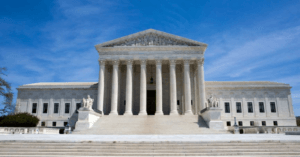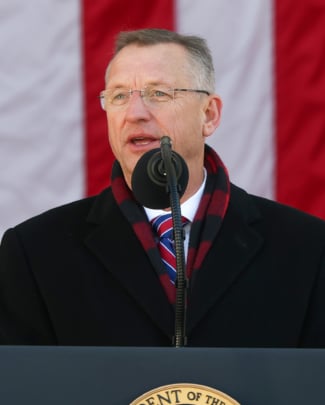MASTERPIECE CAKESHOP VOTE TODAY
MASTERPIECE CAKESHOP VOTE TODAY
 Today the Supreme Court Justices will meet to vote on the Masterpiece Cakeshop case. PRAY!
Today the Supreme Court Justices will meet to vote on the Masterpiece Cakeshop case. PRAY!
Follow justice and justice alone (Deut 16:20)
As we pray for God’s will in the voting today, we thought that it would be helpful to understand the deliberation and opinion-writing process of the Supreme Court. Keep praying until a decision is announced. As Mat Staver, Liberty Counsel, told us on last week’s prayer call, in an abortion case in the past, one of the justices changed his vote months into the opinion-writing process, changing the outcome of the case. The following excerpt explains the whole process.
“The Supreme Court’s operations are conducted behind the velvet curtains in its courtroom. Its activities are visible to the public in three distinct phases of the deliberation on a case: the Court announces its decision to grant certiorari (accepting the case on appeal), the Court’s oral argument when the parties’ lawyers appear before the Justices in their courtroom, and the announcement of the Court’s decision. Most of the Court’s decision making between oral argument and the announcement of the final decision transpires out of public view.
In the days following oral argument, the Justices meet in conference to discuss the cases that were recently argued. The Justices discuss cases argued the previous Monday on Wednesday; on Friday, the Justices meet to discuss the cases argued on Tuesday and Wednesday. The Chief Justice leads the conference discussion of the case by reviewing the case facts, the lower court’s decision, and the issues raised by the case. Before the discussion moves to the most senior associate Justice, the Chief Justice states the disposition that he favors. The Justices then discuss the case proceeding from the more senior Justices to the most junior Justice. This discussion of the case now constitutes the preliminary “voting” in the case. The purpose of the conference vote and discussion is, as Justice Rehnquist (1987, 295) put it, “to determine the view of the majority of the Court.” Although these votes provide an indication of the direction in which the Court is likely to rule, the votes are non-binding. Each Justice records the conference vote on a docket sheet.
The Court’s calendar is arranged around oral argument periods. After two weeks of oral argument, the Court breaks from that routine to work on writing opinions. To this end, at the end of each oral argument period, the Chief Justice circulates an assignment sheet, which lists the cases for which each Justice is tasked with writing the majority opinion for the Court. When the Chief Justice is in the majority at the conference discussion, the chief has the prerogative to assign the task of writing the majority opinion to another Justice in the conference majority. When the chief Justice is in the conference minority, the senior associate Justice in the majority makes the opinion assignment. The assignment sheet clearly denotes which Justice made the assignment.
The assigned author then begins work on a draft opinion. Justices either take the lead in writing a first draft or delegate that responsibility to a clerk. Even in the latter case, the Justice will play a major role in drafting the opinion. When the Justice is satisfied with the draft, he or she will circulate it to the other Justices. At this point, Court custom is for Justices to respond to the opinion draft by “joining” the opinion, expressing reservations with the opinion draft, indicating that they plan to write a separate opinion, and so on. This interaction occurs in memos written to the author with a copy usually sent to the other Justices (what they call the Conference). At the end of this process, each Justice will either write or join an opinion. When every Justice has joined or authored an opinion, the Court announces its decision to the public.” (Excerpted from http://supremecourtopinions.wustl.edu/.)
Partner with Us
Intercessors for America is the trusted resource for millions of people across the United States committed to praying for our nation. If you have benefited from IFA's resources and community, please consider joining us as a monthly support partner. As a 501(c)3 organization, it's through your support that all this possible.


We use cookies to ensure that we give you the best experience on our website. If you continue to use this site we will assume that you are happy with it. Privacy Policy




Comments
No comments have been posted yet; you can be the first!